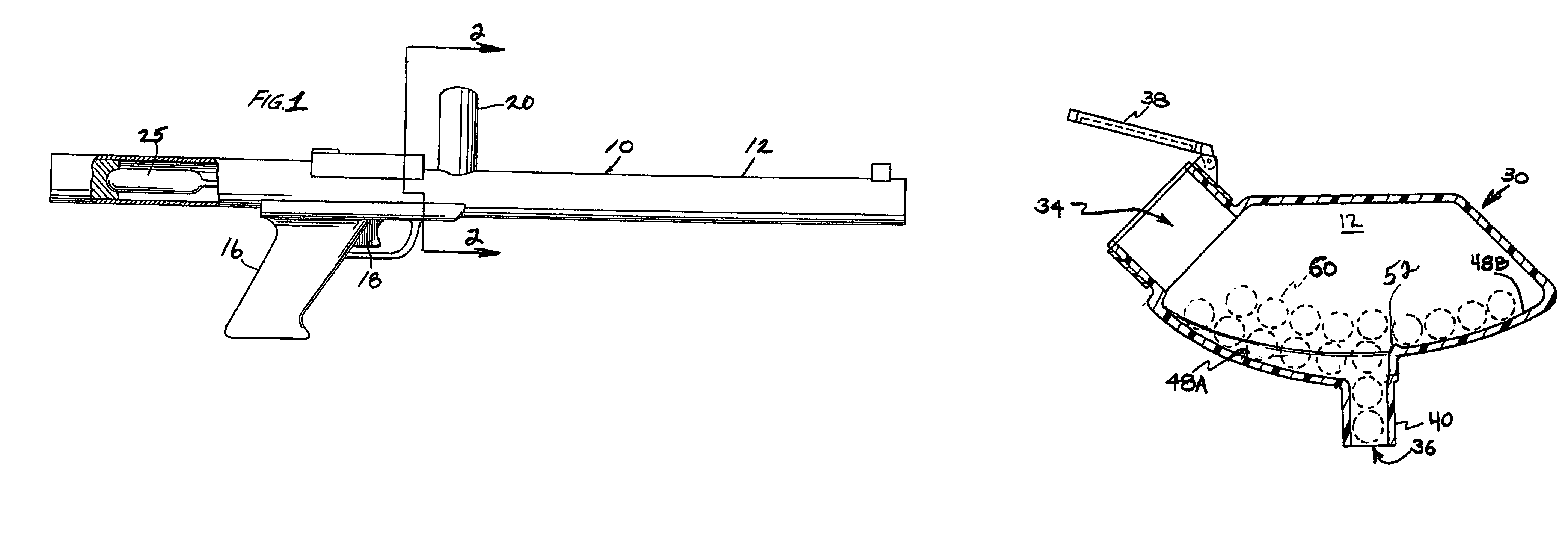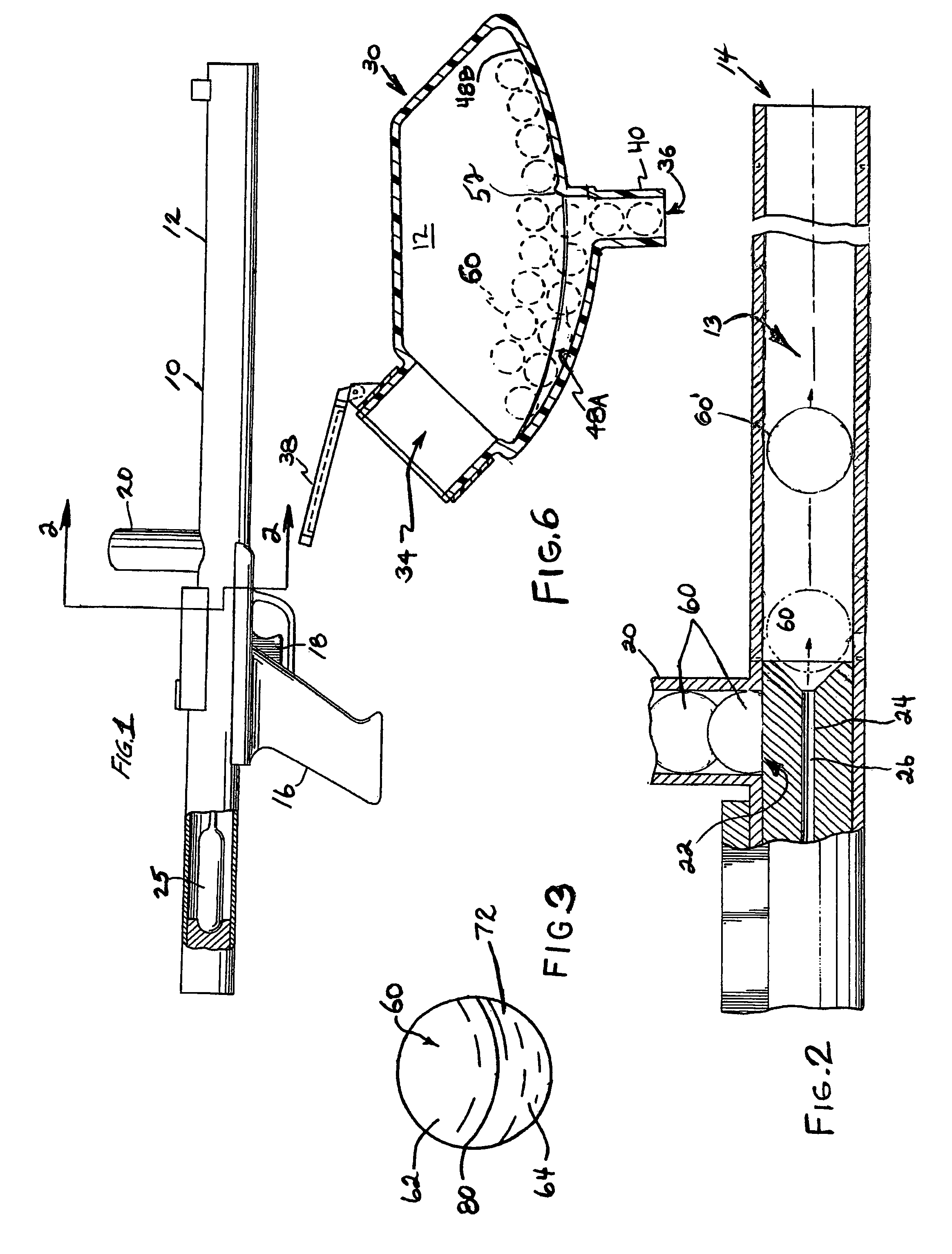Method and system for controlling small wild animals and rodents
a technology for controlling wild animals and rodents, applied in the field of animal and rodent control systems, can solve the problems of destroying the natural habitats of many of our small-to-medium-sized animals, birds and reptiles, and being extremely difficult to remove small animals, and causing fear and possibility of contracting rabies
- Summary
- Abstract
- Description
- Claims
- Application Information
AI Technical Summary
Benefits of technology
Problems solved by technology
Method used
Image
Examples
second embodiment
[0039]A storage and transfer means for transferring the control liquid out of its container, 200 or 210, is shown in FIGS. 7A-7C. The preferred storage and transfer means is in the form of a hypodermic needle 130, shown in FIG. 7A, which has a needle tip 132, a storage reservoir 134, and a handle and plunger combination 136. The needle tip 132 is formed with a channel 133 therein that is in fluid communication with the storage reservoir 134. By inserting the tip 132 into the storage container 200 or 210, and then pulling backwards on the handle 136, the control liquid will be transferred from within the container and into the storage reservoir 134. The needle tip 132 is inserted within the cavity 75 of the paintball 60 as shown in FIG. 5, whereby the handle 136 is depressed into the reservoir so that the control liquid is acted upon, causing it to be transferred out of the storage reservoir and into the paintball. Likewise, a storage and transfer means is shown in FIG. 7B, which now...
third embodiment
[0040]the storage and transfer means is shown in FIG. 7C and this embodiment comprises a baister which has an extended reservoir section 134″ that has an integral hollow tip 132″ formed on one end and a deformable bulb 136″ on the opposing end. The control fluid is transferred into the reservoir by placing the hollow tip 132″ into the container 200 or 210 and then squeezing the bulb 136″ so as to displace the air out of the reservoir section 134″. When the bulb is released, a vacuum is created, whereby the control liquid is transferred from the container into the reservoir 134″. The liquid is stored in the reservoir 134″ until the hollow tip 132″ is inserted into the fill port 66 of the paintball 60. Again squeezing the bulb 136″ will cause the control fluid to be transferred from reservoir 134″ into cavity 75 of the paintball.
[0041]In another embodiment, the gun 10 may be provided with an ammunition magazine clip 30 like the type shown in FIG. 6. The ammunition magazine clip 30 pro...
PUM
 Login to View More
Login to View More Abstract
Description
Claims
Application Information
 Login to View More
Login to View More - R&D
- Intellectual Property
- Life Sciences
- Materials
- Tech Scout
- Unparalleled Data Quality
- Higher Quality Content
- 60% Fewer Hallucinations
Browse by: Latest US Patents, China's latest patents, Technical Efficacy Thesaurus, Application Domain, Technology Topic, Popular Technical Reports.
© 2025 PatSnap. All rights reserved.Legal|Privacy policy|Modern Slavery Act Transparency Statement|Sitemap|About US| Contact US: help@patsnap.com



